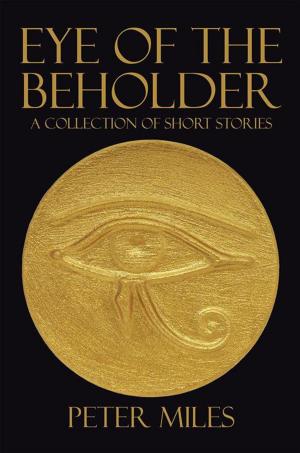Dictionary of Indian Palmistry Symbols
What the Signs on Your Hand Mean
Nonfiction, Religion & Spirituality, Occult, Occultism, New Age, Health & Well Being, Self Help| Author: | Sulabh Jain | ISBN: | 9781524522476 |
| Publisher: | Xlibris AU | Publication: | February 17, 2017 |
| Imprint: | Xlibris AU | Language: | English |
| Author: | Sulabh Jain |
| ISBN: | 9781524522476 |
| Publisher: | Xlibris AU |
| Publication: | February 17, 2017 |
| Imprint: | Xlibris AU |
| Language: | English |
Over thousands of years, Hindu palmists have observed special symbols located on the hands of people. They learnt that the combination of a few lines in the form of these symbols could add more depth to a palm reading than simply reading each line one at a time. In other words, the sum of a few lines on a hand could give a greater meaning than each line could all by itself. These combinations of lines were given names and entered mainstream palmistry in India through its shastras (ancient texts). This style of palmistry was mostly practiced by monks, hermits, and other holy people. Over the course of time, the people who could interpret these symbols became fewer and fewer until a large number of the symbols became lost over a period of time. This book attempts to save the remaining symbols that are still known for future generations of palmists. This is the first book of its kind to catalogue and record the symbols of palmistry that are used in India. It is a vital reference for beginner palmists and an essential skill for the experts alike.
Over thousands of years, Hindu palmists have observed special symbols located on the hands of people. They learnt that the combination of a few lines in the form of these symbols could add more depth to a palm reading than simply reading each line one at a time. In other words, the sum of a few lines on a hand could give a greater meaning than each line could all by itself. These combinations of lines were given names and entered mainstream palmistry in India through its shastras (ancient texts). This style of palmistry was mostly practiced by monks, hermits, and other holy people. Over the course of time, the people who could interpret these symbols became fewer and fewer until a large number of the symbols became lost over a period of time. This book attempts to save the remaining symbols that are still known for future generations of palmists. This is the first book of its kind to catalogue and record the symbols of palmistry that are used in India. It is a vital reference for beginner palmists and an essential skill for the experts alike.















